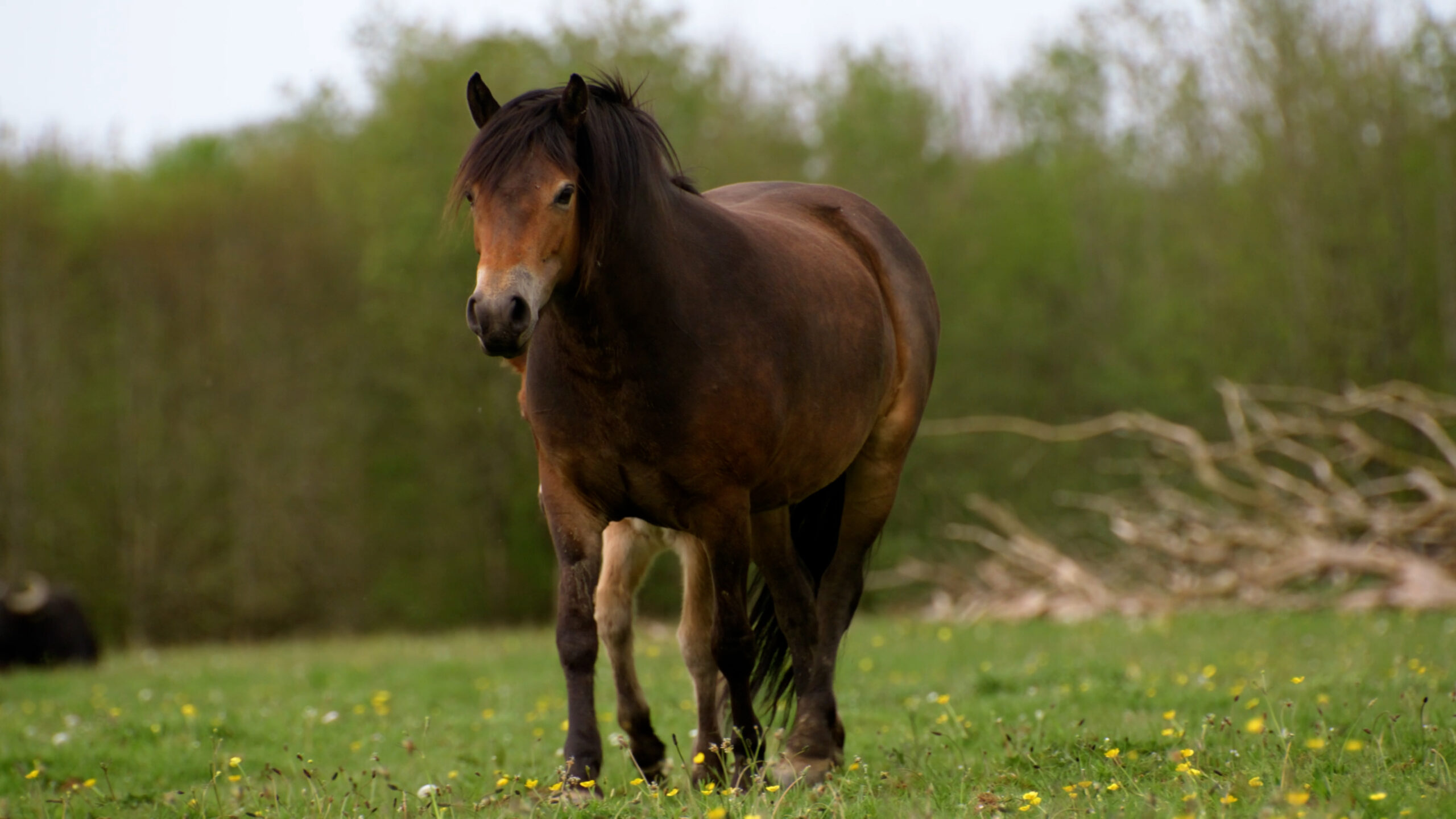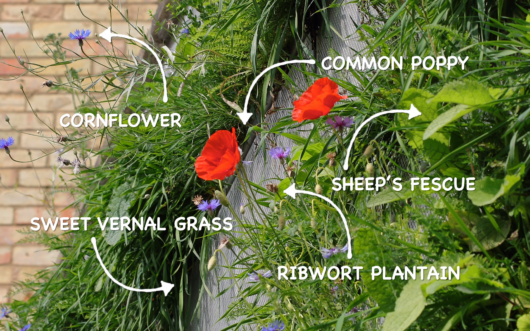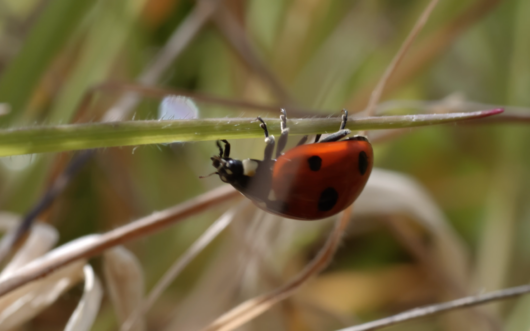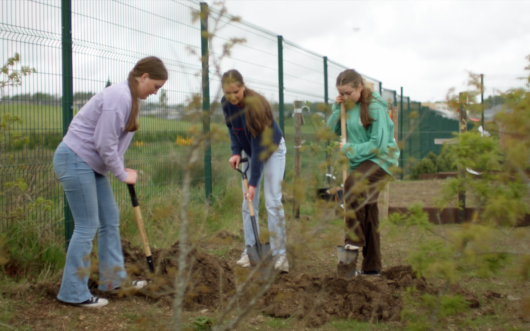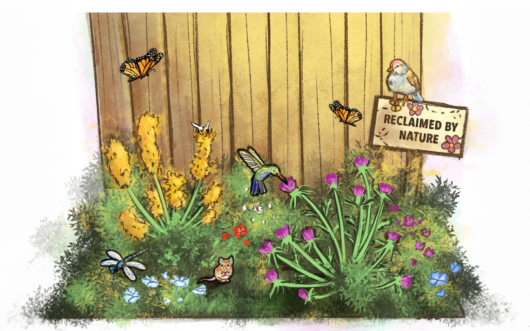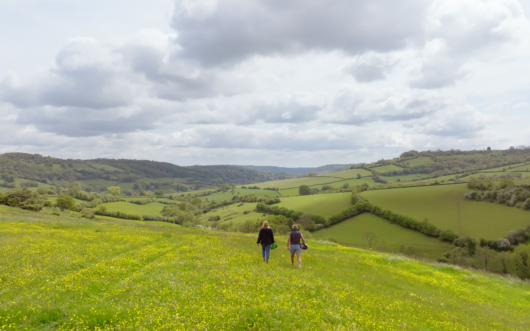Bring biodiversity, beavers, and rewilding into your classroom.
In A Farm Goes Wild, farmer-turned-conservationist Derek Gow leads efforts to reintroduce beavers, water voles, and storks to the landscapes of Great Britain. This educator guide supports classroom discussion, NGSS-aligned learning, and hands-on opportunities for student engagement.
GRADES
9 – 12+
SUBJECTS
Biology, Storytelling, Ecology
Episode Overview
“It’s important to bring back the native species because they can restore function to landscapes.” Derek Gow
In A Farm Goes Wild we meet sheep and cattle farmer-turned-conservationist, Derek Gow. Since the late 1990s Gow, through his environmental consulting organization, has been instrumental in helping restore beavers, water voles, and storks to the landscapes of Great Britain. Restoration of these species has contributed to the rewilding of farmland and the overall resurgence of biodiversity. In the film, we also meet one of Gow’s recruits, ecologist Pete Cooper who helps Gow restore and monitor these important species as they work to return farmland to its original state, as a healthy, biodiverse ecosystem.
Focus Questions
- What does it mean for a species to be an ecosystem engineer and what are some examples of these species?
- What are some of the major anthropogenic (human caused) threats to the Earth’s biodiversity and why?
- If some native species are now permanently extinct from a habitat, how can we still successfully restore their functions to those areas?
- How can the restoration and conservation of one species lead to the conservation of additional species?
Key Concepts
- Threatened and Endangered Species: The International Union for the Conservation of Nature lists more than 44,000 species threatened with extinction. Habitat loss and destruction and agriculture are the major threats for more than 85% of these species.
- Biodiversity: Allowing patches of land like farmland to be returned to a more natural state can help mitigate the biodiversity threats.
- Conservation biology: The practice of conservation biology recognizes the intrinsic value of the Earth’s natural diversity of organisms. Conservation biology works to understand how the natural world operates, how humans affect nature, and how we can use collective scientific and cultural knowledge to conserve Earth’s biological diversity.
- Rewilding: A primary goal of some ecological restoration projects is to go beyond conventional restoration, where some level of management is required to maintain ecosystem processes, and emphasize the importance of truly wild ecosystems by embracing their unpredictable and dynamic abiotic (e.g. droughts and floods) and biotic (e.g. food webs and population cycles) natural processes.
- Ecosystem engineers: The beaver’s natural behavior of building dams creates ponds and wetlands on the landscape that would not exist without them. Water voles help engineer the landscape by creating burrows along streams and pond shores that can be used by other animals. White storks can also engineer an ecosystem. The storks’ large nests can provide future nesting sites for songbirds. The nests can also kill the trees within which they are built, creating snags that can become habitat and food sources for numerous other species.
- Keystone species: Together, beavers, water voles, and white storks are keystone species because the habitats they create through dam, burrow, and nest building provide food and homes for dozens of species including other mammals, birds, amphibians, fish, waterfowl, and invertebrates. The beavers also provide habitat for hundreds of plant species which in turn attract and support the animal diversity.
Curriculum Connections
NGSS
- HS-LS2 Ecosystems: Interactions, Energy, and Dynamics
- LS2.A: Interdependent Relationships in Ecosystems
- LS2.B: Cycles of Matter and Energy Transfer in Ecosystems
- LS2.C: Ecosystem Dynamics, Functioning, and Resilience
- LS4.D: Biodiversity and Humans
- ETS1.B: Developing Possible Solutions
For complete list of curriculum connections including AP & IB standards, refer to full PDF.
